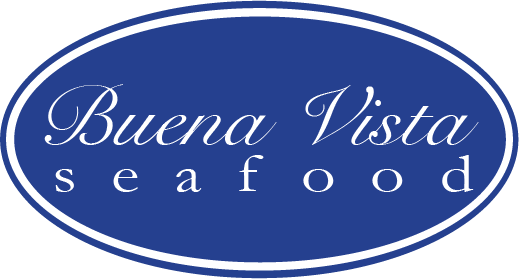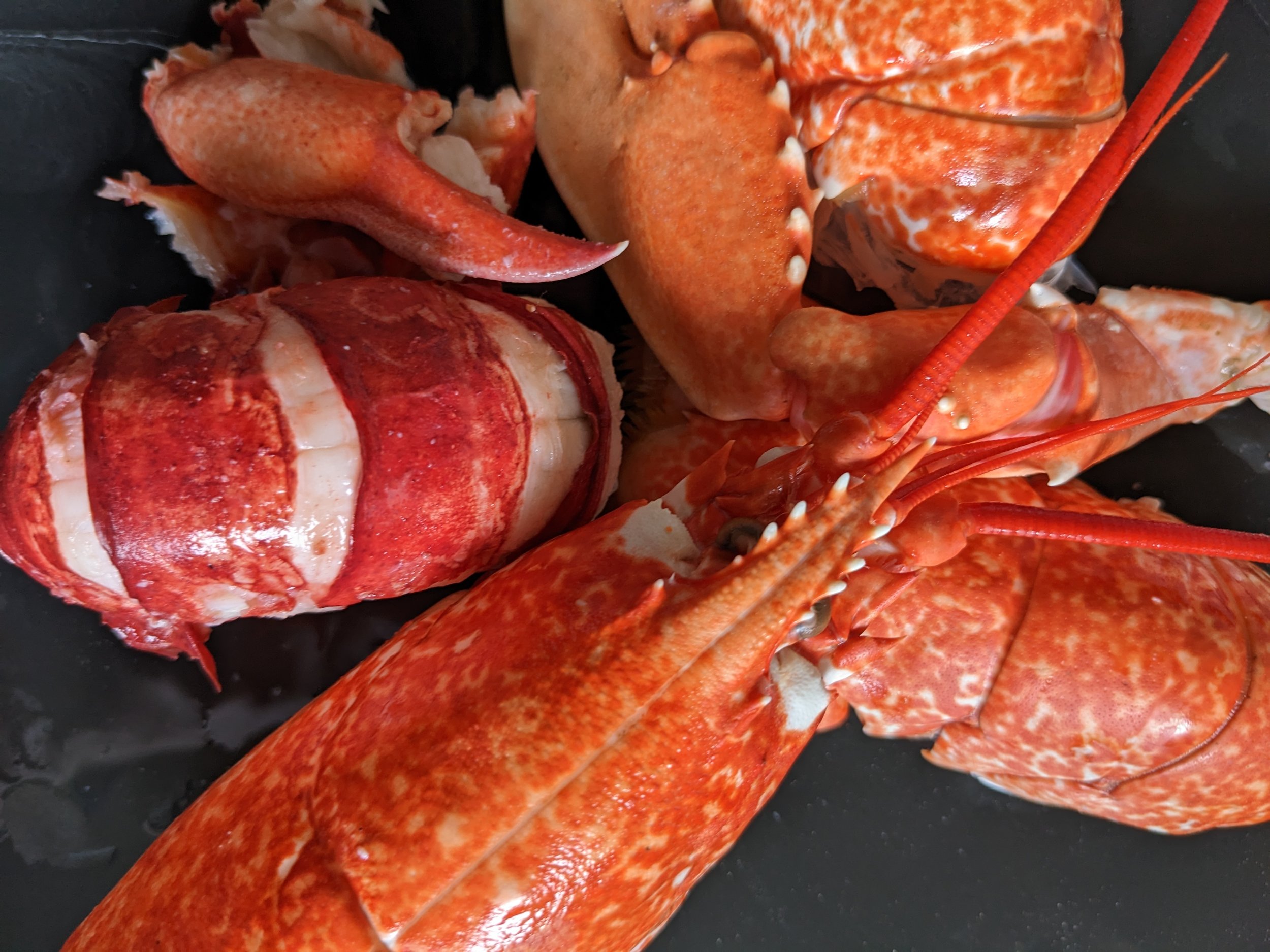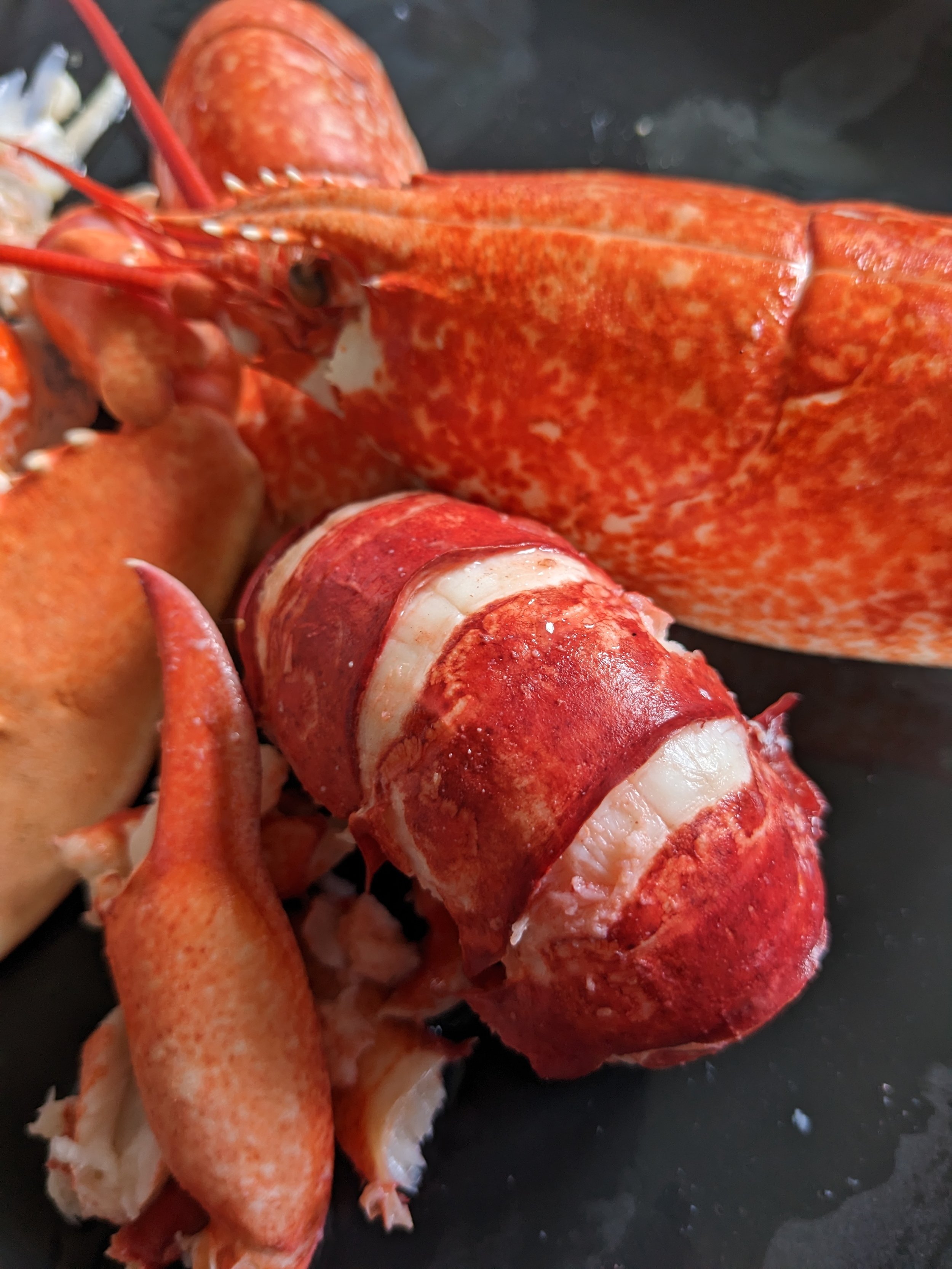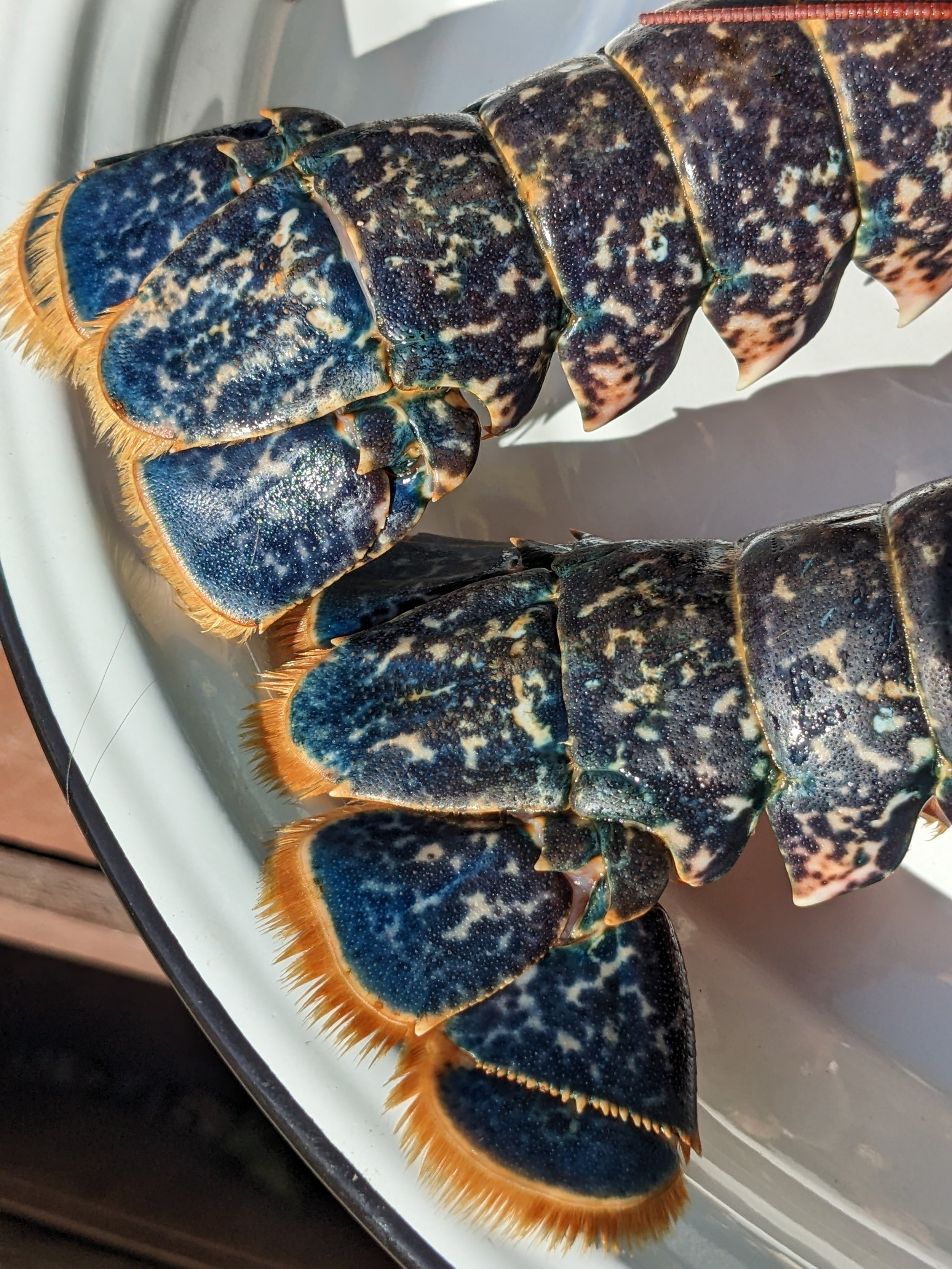Live European Blue Lobster
Homarus gammarus
It’s simple; those who know, know that not all lobsters are the same. Just as with other types of seafood, there are major differences both in the water and on the plate.
European blue lobsters get their name from the dark blue hue of their shell, which helps lobsters blend in with the dark seafloor. When cooked, blue lobsters turn brick red just like their Canadian and New England lobster cousins, Homarus americanus.
However, besides the color of the shell, there are other important physical and taste factors that set them apart. While lobster meat in general tends to be described as ‘sweet’, the blue lobster meat has less water content and is therefore firmer than the American lobster. This is not only because of the species difference, the European lobster is not kept in tanks for extended periods of time and therefore has less water content when compared to American lobster.
‘The European lobster also tends to be smaller than Homarus americanus, but the quantity is offset by quality, as the meat tends to be more flavorful.’ Tasting Table
These European blue lobsters are also known as French blue lobsters, Breton, Bretagne, or Brittany lobsters. However, despite their fame as a specialty of the Brittany region. Devotees of blue lobster describe the taste as rich and briny, in short, a seafood-lovers’ lobster.
Wild capture by fishermen in FAO fishing zone 27 (Irish Sea, Jersey, France, English Channel)
500g - 700g / 700g-1 kg / 1kg - 1.5kg







